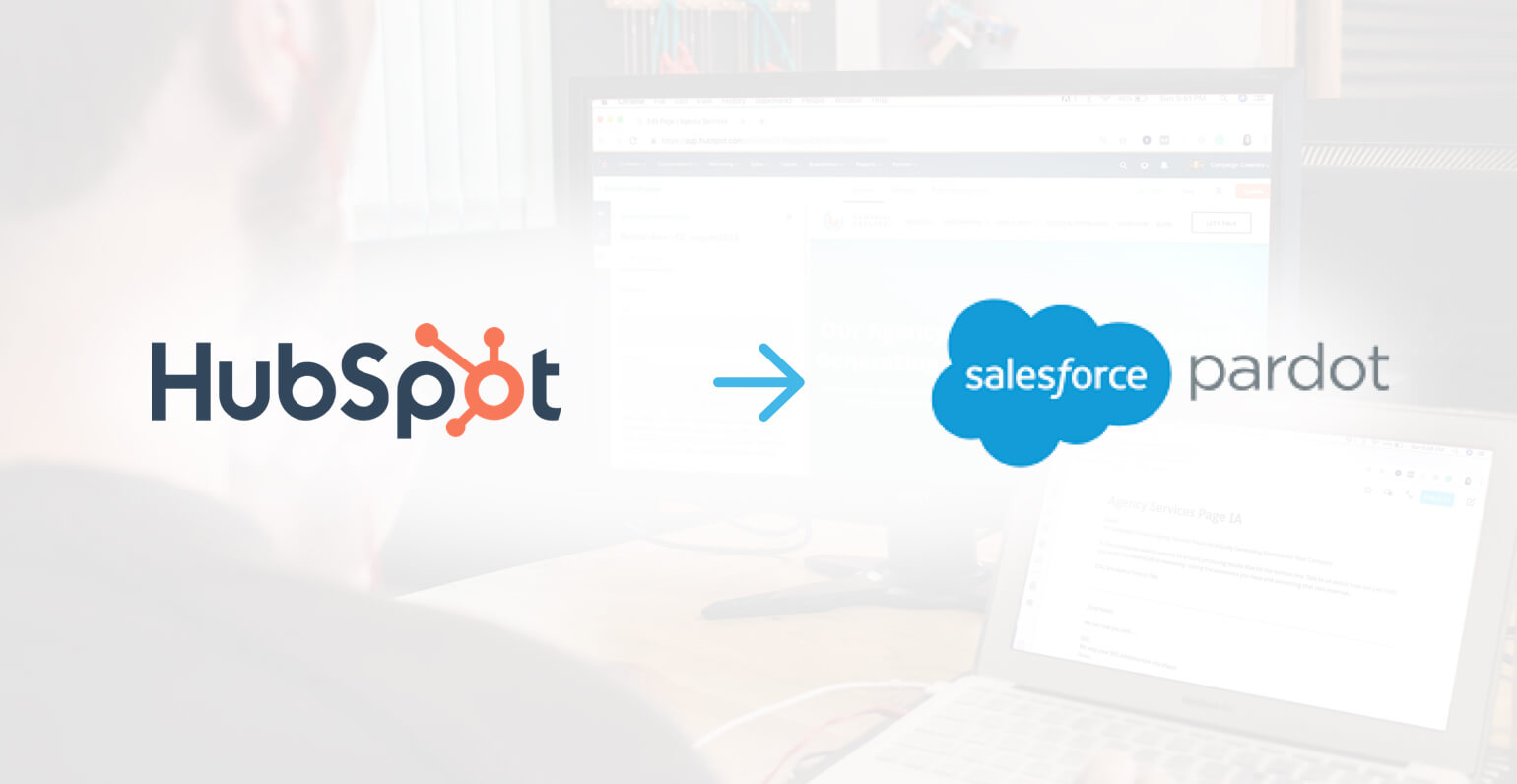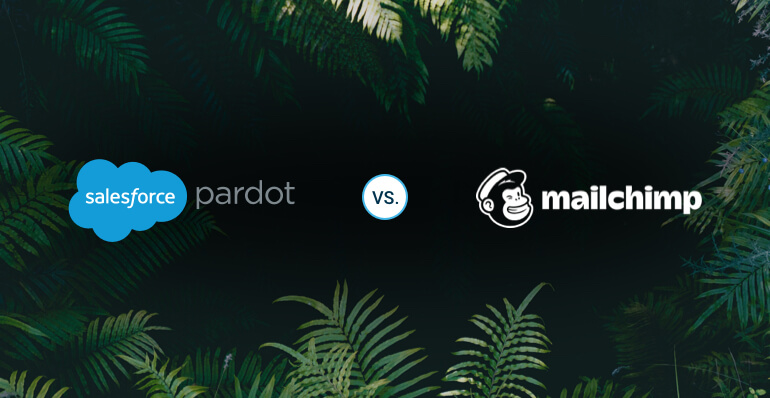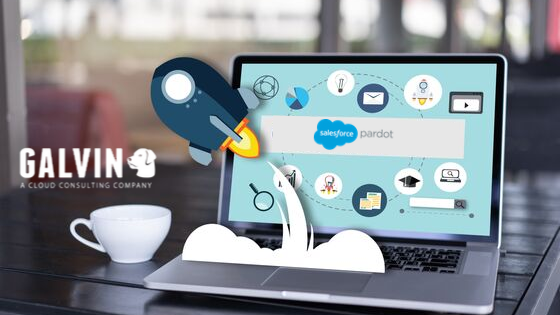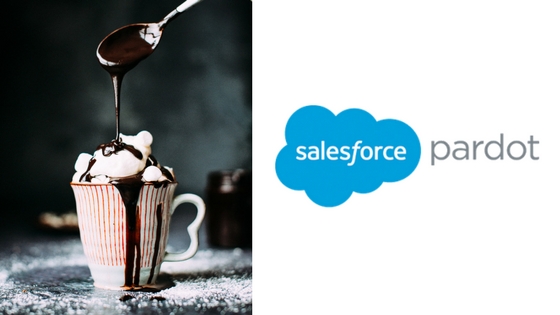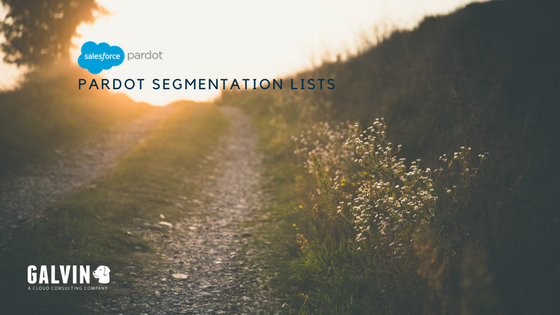4 Proven Pardot Drip Campaign Ideas
Over the past few years, Pardot has rapidly emerged as one of the best B2B marketing tools. But harnessing that power requires using an effective strategy that will nurture your contacts and leads with automated drip marketing campaigns. Here are four ideas you can use with Pardot to make your drip marketing campaigns more effective.
1. Automated Customer Onboarding
Congratulations! You just won a contract with a new client and you are ready to give them an unbelievable experience. One idea we often recommend to our clients is to create a drip campaign for your new customers. You can put this feature to use to enhance your customer onboarding process and keep the relationship moving in a positive direction. Here is how this would work:
- Once a contact becomes a customer then add them to a new Pardot list called “Customer Onboarding”.
- Day 1 – send them a welcome email introducing them to a personal contact and offering to schedule a consultation call.
- Day 3 – Send an email with educational information that points back to your blog.
- Day 5 – A personal check-in from the sales person.
This multi-channel sequence adds a personal touch to your drip marketing campaign that will make your customers feel appreciated and improve their response.
2. Email Lead Nurturing
As you’re capturing new leads into your sales funnel you can nurture them with drip marketing campaigns and gauge their interest in your company. You can use an email lead nurturing campaign to cultivate customers who haven’t responded to an offer yet or have not fully engaged into your sales cycle. In this idea we recommend a 40-day four-email sequence combined with rules for what happens when a customer either ignores or clicks on a call to action. The four main emails in the sequence can be spread out with a 10-day delay between them, which is an optimal time frame to remain top-of-mind without triggering high unsubscribe rates. Create a rule that if a customer responds to a call-to-action in one of the lead nurture emails, they receive a personalized follow-up email the next day from a sales representative contact; otherwise, at the end of ten days, follow up with another lead nurture email. At the end of the four-email sequence, if the customer still hasn’t responded, they get moved to another list focused on people who have not responded after forty days of follow-up attempts.
3. Customer Feedback and Referral Generation
You can also set up drip campaigns to follow up customer orders with requests for feedback or referrals. For instance, you can set up a sequence to email established customers who are at least 90 days old. For instance, if you’re trying to collect customer feedback, you can send out an email with a call to action to click on a survey link. Create a rule that after a 48-hour delay, if a customer still hasn’t responded to your initial message, a follow-up reminder gets sent out. The follow-up reminder will increase your open rate and is one of the most cost-efficient ways to boost response.
4. Cold Lead Email Reactivation
Another way to use Pardot for drip marketing is reactivating cold leads. To do this, you can create a rule to email people who haven’t performed an action after a specific number of days, such as 180 days. For your subject line, use their first name followed by a question in the form, “are you still looking at getting. . .?”, with the end of the phrase mentioning something specific to your business. For instance, “John, are you still looking at getting financial advice?” You’ll be surprised how effectively this technique generates a response.
Also published on Medium.
— Related Articles —
— Also on Galvin Tech —
Also published on Medium.


